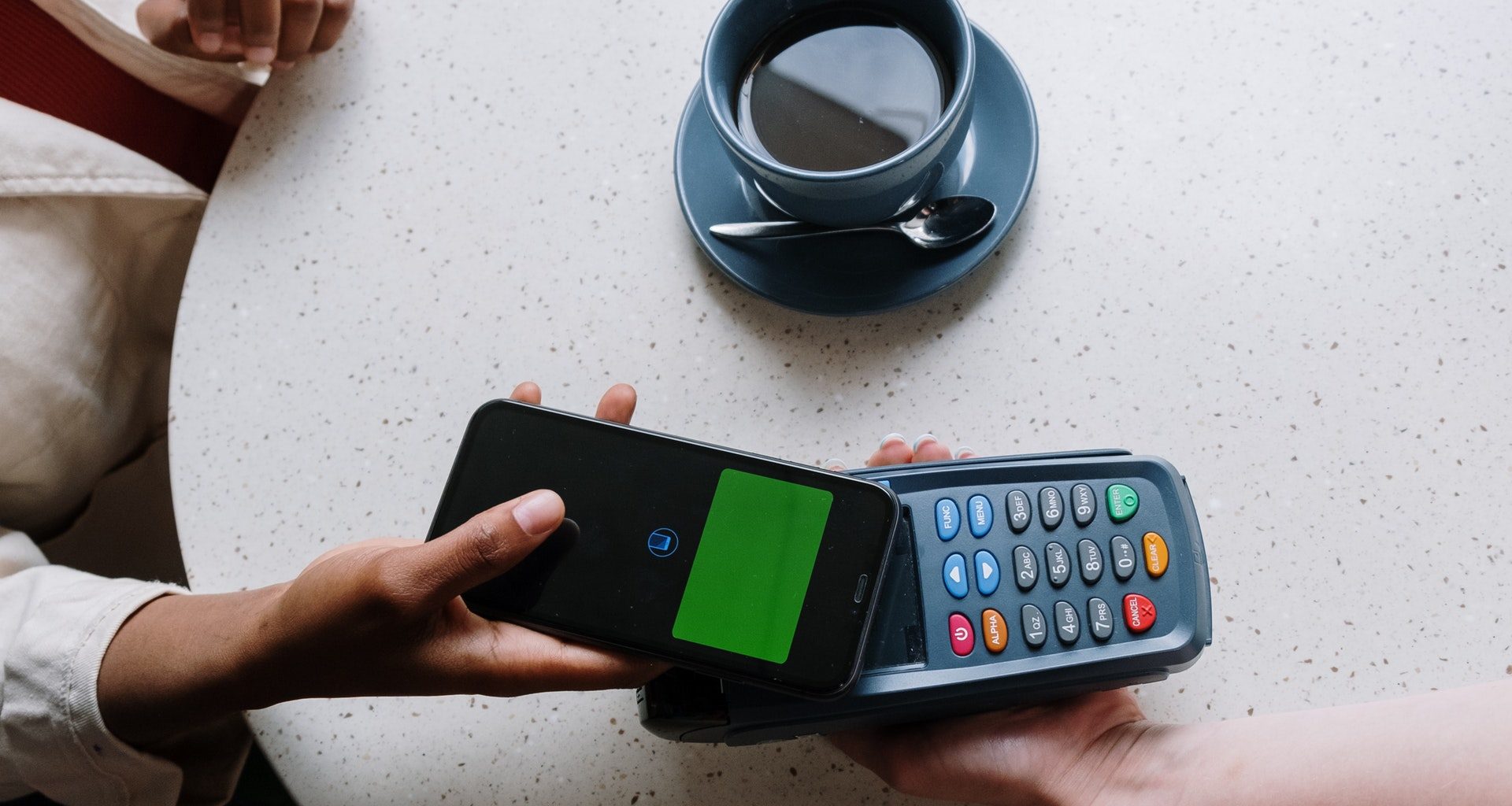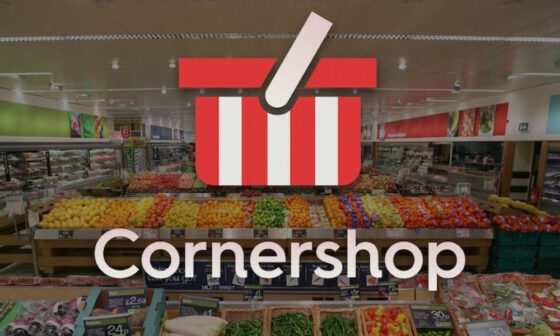The pandemic altered both the ‘what’ and the ‘how’ people buy, sending over 13 million Latin Americans to make their first-ever online purchase in the first quarter of 2020. This e-commerce boom continued into the new year and set the scene for what 2021 holds in terms of digital payments in the region.
Expansion of m-commerce
The modern consumer is used to having everything they need at their fingertips. More often than not, this is a mobile phone. According to Rescue Time research, on average, people spend over four hours on their phones each day. And for younger generations, this number is higher and set to grow in 2021.
As the mobile app industry continues to thrive –with over 3.8 billion smartphone users worldwide– it will become a major source of sales for companies. Business Insider predicts that mobile will become the preferred channel for online shopping within the next five years. With the massive spending power of the newer generations and 21% of millennials opening mobile apps more than fifty times a day, the sales prospects are enormous.
Payment channels in unexpected places
This dependence on mobile phones is greatly impacting consumer habits, as payment channels start to appear in unexpected places. The modern consumer expects to complete tasks in a more seamless manner which results in companies creating solutions that provide customers with quicker access to payment methods.
With IoT, the possibilities of points of sale become endless. For example, with an integrated payments system in their car, drivers are able to pay for gas, parking, and drive-thrus without touching anything. Contactless payments can also be made through wearable devices like smartwatches and rings, as well as through voice assistants.
Over the years, social media –originally a place for simple interactions between people– is being used more and more for marketing purposes. Instead of heading to the mall, users are turning to social media platforms to fulfill their shopping needs. This shift has in part been facilitated by payment channels being introduced to platforms, such as Facebook and Instagram, that allow users to make purchases without leaving the platform.
Similarly, Openpay’s solicitudes de pago tool enables merchants to simply send a link to their customers through social media besides e-mail or text. Then, customers can pay using the method of choice which can be either credit or debit cards, bank transfers, or cash payments.
Cross-border transactions via blockchain
In Latin America, about 70% of the population is underbanked with many businesses struggling to find efficient payment systems and banking services for their daily operations. The lack of financial infrastructure needed to overcome these challenges combined with a market of over 450 million internet users, makes Latin America a prime region for the mainstream adoption of blockchain technologies. So much so, that it can be easier for Latin Americans to access a crypto wallet than to form part of the traditional financial system.
And in Latin America, where remittances represent a $96B industry, cryptocurrencies have the added potential to transcend geopolitical conflicts that restrict the movement of capital across borders. Moreover, these technologies can help individuals gain access to basic financial services, avoid high commissions and unfavorable exchange rates when sending money abroad, and offset the negative impact of inflation.
Tech giants jumping into the payments industry
There are several tech giants that did not start out as payment service providers that are increasingly incorporating payments into their product suites as part of their strategies to become ‘super apps’. This tactic provides them the opportunity to both sell their products while keeping users on their platforms.
For instance, Alipay was created by Alibaba to process online payments for its e-commerce platforms. Since then, it has become a leading digital payment platform in China and Mexico. It is expected that more tech firms will follow this trend and enter the payments sphere in 2021.
Conclusion
The payment ecosystem transforms year after year in response to changes in purchasing habits, new players in the payments industry, and new technologies facilitating payments and extending financial services to the underserved. In the fast-changing e-commerce landscape, it is vital to stay up to date with the trends in digital payments in order to meet the demands of this dynamic market.
This post is also available in: Español (Spanish)


